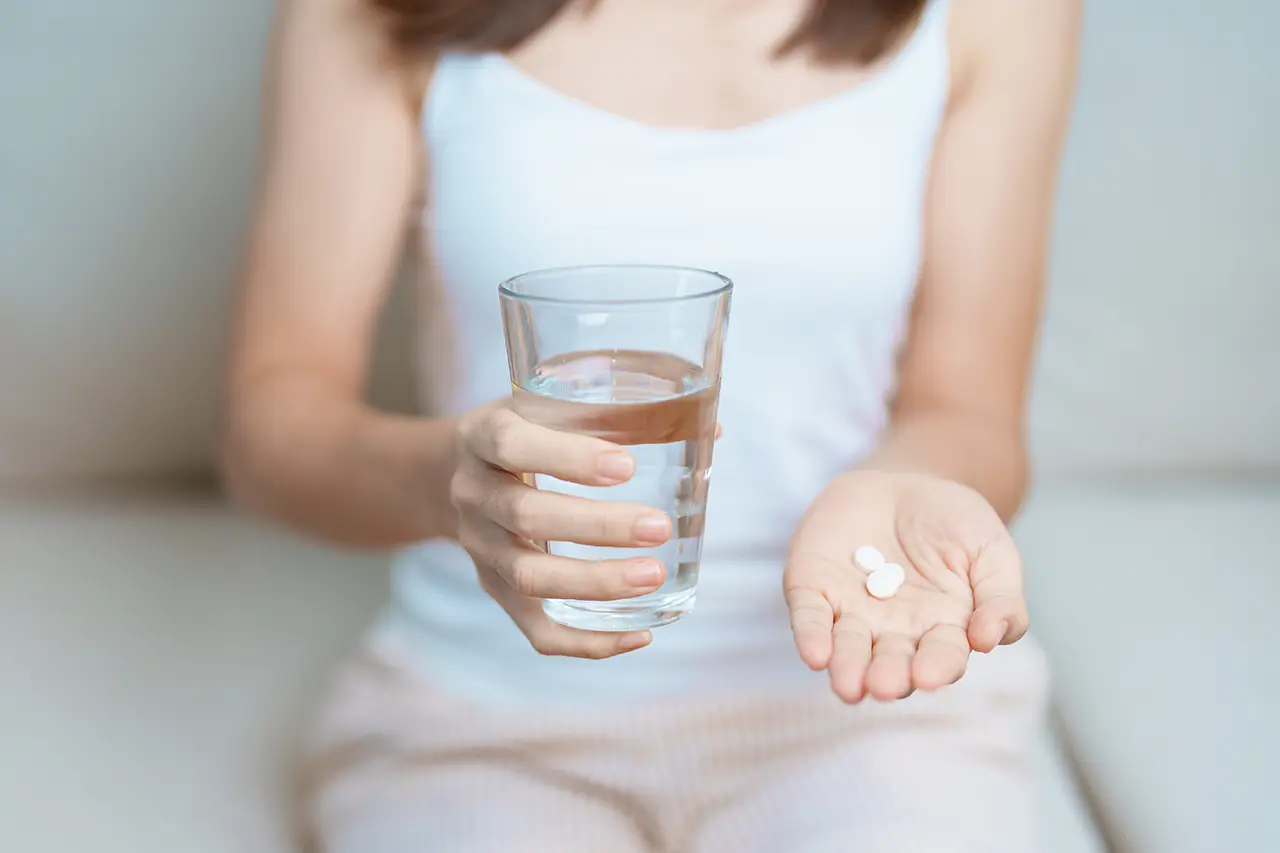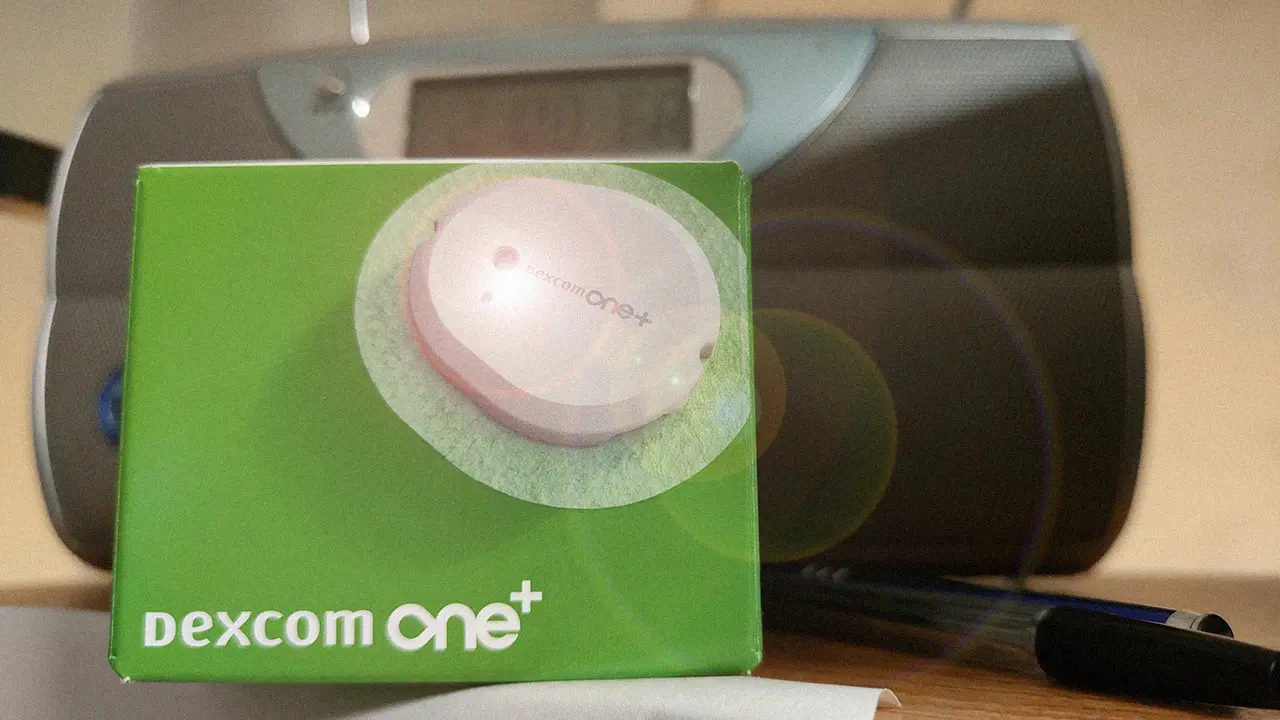Key findings:
- A new study reveals that reducing BPA exposure can lower the risk of type 2 diabetes.
- This is the first study to provide evidence that BPA can increase the risk of diabetes.
- The study underscores the need to include the effects of BPA on insulin sensitivity and diabetes risk in public health guidelines.
Research on the health effects of BPA
The findings were presented by Dr. Todd Hagobian, a scientist at the Cal Poly Center for Health Research, at the 84th Scientific Session of the American Diabetes Association (ADA) in Orlando, Florida.
Bisphenol A (BPA) is a chemical commonly used to make hard, clear plastics and epoxy resins, which are found in many everyday items such as baby bottles, food containers, jugs and dishes. BPA is known to interfere with hormonal function and can increase the risk of type 2 diabetes.
Assessing the effects of BPA on insulin sensitivity
In the double-blind study, participants received either placebo or BPA at a safe EPA-determined dose (50 μg/kg body weight) for 4 days to assess its effect on insulin sensitivity.
The study included forty healthy, inactive adults (22 women, 18 men) who first went on a two-day low-bp diet. During this time, urine and blood samples and peripheral insulin sensitivity were tested using a 120-minute euglycemic-hyperinsulinemic test.

Survey results
The study showed that exposure to BPA reduces peripheral insulin sensitivity after four days. There was no significant change in body weight or fasting glucose levels between the placebo and BPA groups at four days. However, urinary BPA levels were significantly higher in those who received BPA.
Peripheral insulin sensitivity decreased significantly in the BPA group, while it remained stable in the placebo group. The study suggests that BPA present in food packaging may directly affect diabetes risk in adults, with implications for public health guidelines and policies.
Importance of results
Dr. Hagobian noted: “Given that diabetes is one of the leading causes of death in the US, it’s important to understand even the smallest factors contributing to the disease. We were surprised to see that reducing BPA exposure, for example by using stainless steel or glass bottles and BPA-free cans, can lower the risk of diabetes. These results suggest that the EPA’s safe dose for BPA should be reconsidered, and health professionals could suggest such changes to patients. “
Final conclusions
This study provides additional evidence of what we already suspected – that BPAs are probably harmful. While this study may not be enough to completely remove BPAs from the market, it may help bring more attention to the problem.
Source: https://www.medicalnewstoday.com/articles/plastic-bottles-diabetes-risk
How useful was this post?
Click on a star to rate it!
Average rating / 5. Vote count:
No votes so far! Be the first to rate this post.








